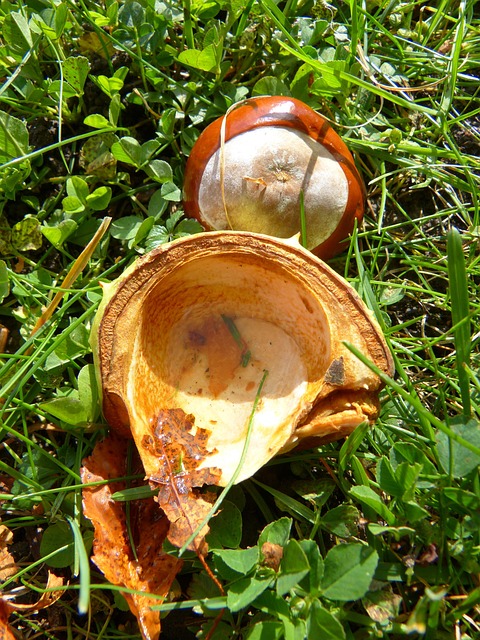Family-oriented neighborhoods are gaining popularity in the real estate market due to their strong sense of community, well-maintained parks, and family-friendly events. These areas offer higher property values and are highly desirable for families, driving the need for specialized real estate professionals. Real estate developers can enhance these communities by strategically incorporating local amenities, designing social spaces, and organizing regular community events, fostering strong bonds and creating vibrant environments where families thrive.
Family-oriented neighborhoods with a strong sense of community are increasingly sought after, reflecting a deeper desire for connection and belonging. This article explores the appeal of these environments, delving into the key factors that cultivate a vibrant community. We also examine strategies for real estate developers to actively foster engagement, ensuring these neighborhoods thrive and meet the diverse needs of their residents. Discover how thoughtful planning and design can create spaces where families flourish and communities prosper.
Understanding the Appeal of Family-Oriented Neighborhoods

Family-oriented neighborhoods have become increasingly sought-after in today’s real estate market, and for good reason. The appeal is multifaceted, starting with a strong sense of community that fosters a supportive environment for families to thrive. These neighborhoods often boast well-maintained parks, playgrounds, and recreational facilities, providing ample opportunities for children to play and grow while offering adults nearby spaces for leisure and social interaction.
The sense of belonging and security in these communities extends beyond physical amenities. Family-friendly events, neighborhood watch programs, and close-knit relationships create a safe and welcoming atmosphere where neighbors look out for one another. This tight-knit community feel not only enhances the quality of life for families but also contributes to higher property values and a growing desire for real estate professionals to cater to this specific market segment.
Building a Strong Sense of Community: Key Factors

Building a strong sense of community is a key factor in family-oriented neighborhoods, and real estate plays a significant role in fostering this environment. Location is crucial; neighborhoods with easy access to local amenities like schools, parks, and community centers naturally encourage interactions among residents. Well-designed spaces that promote social gatherings, such as communal gardens or play areas, can also strengthen community bonds.
Additionally, the presence of community events organized by local associations or residents contributes immensely. Regular activities like block parties, neighborhood clean-up drives, or cultural festivals create opportunities for families to connect and build lasting relationships. These shared experiences foster a sense of belonging and trust, which are essential for creating a vibrant and cohesive community within family-oriented neighborhoods.
How Real Estate Developers Can Foster Community Engagement

Real estate developers play a pivotal role in shaping vibrant, family-oriented neighborhoods with a strong sense of community. To foster engagement, they can implement several strategies. First, designing and promoting shared spaces like parks, community centers, and playgrounds encourages residents to interact and build connections. These spaces become hubs for social events, after-school activities, and neighborhood gatherings, fostering a collective identity.
Additionally, developers can facilitate community engagement through active involvement in local initiatives. This could involve partnering with schools, sponsoring community clean-up drives, or organizing resident-led groups. By integrating these practices into their projects, real estate developers can create not just homes but thriving communities where families feel welcomed, connected, and invested in their surroundings.






